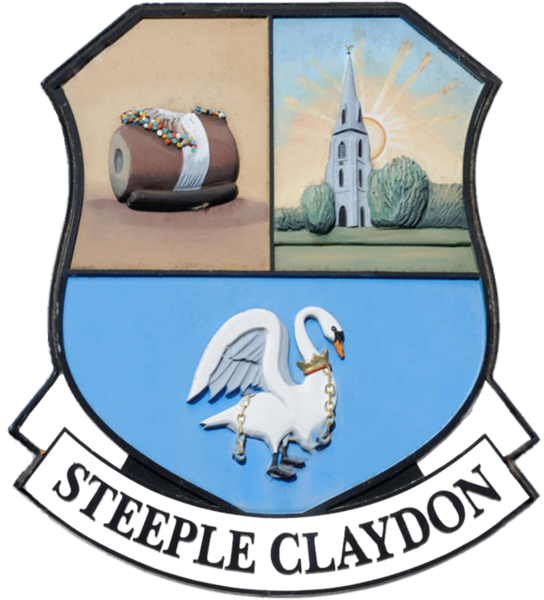A Steeple Claydons’ History
TRADES AND OCCUPATIONS
Until the opening of· the Calvert brick works in 1900 Clayton’s basic industry was always agriculture, and the great majority of the persons buried whose professions are recorded in the Parish Register (which begins in 1575) were either agriculturists proper (farmers, grazers, horse-dealers, shepherds, carters, dairymen, or day—laborers’), or, like the millers, blacksmiths .Wheelrights, cordwainters, joiners, and wool buyers, directly dependent upon agriculture.
But there were also other trades and professions in Claydon. Apart from the vicars or curates (an interesting lot), there were occasional butchers but no Bakers) until the mid-nineteenth century), a maltster or two, several masons, coopers and tailors, and one or two schoolmasters and grocers. The first Claydon grocer was William Norman, a Baptist from Winslow, who was in continual trouble in the later seventeenth century for not going to church, but who nevertheless prospered enough to issue Clayton’s only token-money (little bronze halfpennies dated 1668). The publicans generally combined that with some other occupation. In 1832 there were two public houses in the village ‘The Sportsman’ and the ‘Milk Pail’ (next to the present School} and a beer shop. No surgeon or doctor can be traced in Claydon before 1850. A few Weavers are to be found in the Eighteen Century, but more important, especially in the Eighteenth and Nineteenth century was the allied craft of lace making. In 1801 there were 120 people chiefly employed in the Trade,
Manufactures or Handicraft in Claydon. It is safe to assume that most of the 120 were women making pillow-lace, or collar-makers, as they are described in the Parish Register. The men’s low wages made it necessary for the women to supplement them by lace making. The industry gradually succumbed before the competition of machine-made lace, but is not yet (1930) quite extinct. The two last lace-makers schools in Claydon closed in the 1870’s. One of them (kept by Mrs. Stevens) is said to have combined a little reading, writing and arithmetic with the instruction in lace-making. The other (kept by Mrs. Giles) began with prayers, which were followed by a dose of dandelion juice, but there was no bookwork. The girls began at five years old and were paid two pence a week. The pattern they started on was called the Three Halfpence, because it sold at 1/2d a yard.
